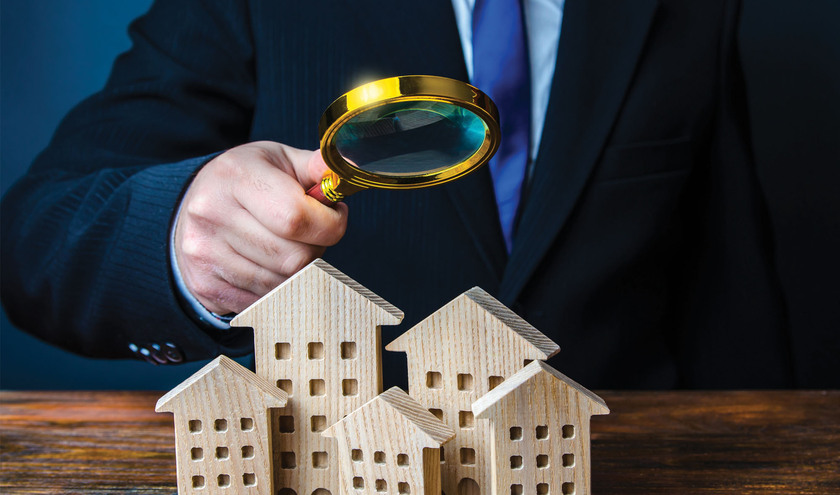This month marks a defining moment in social housing, with Awaab's Law coming into force in England and Wales. There can be no doubt of the need for change, as the tragic incident exposed systemic failings in how hazards were reported, assessed and resolved.
For the first time, landlords will face legally binding deadlines to investigate and remediate health hazards such as damp and mould – with emergency hazards requiring action within just 24 hours.
But while the principle is simple, the reality for landlords is more complex. Thousands of properties across the country are at risk, and delivering timely inspections, works, and alternative accommodation for tenants will stretch already pressured teams.
The industry is responding to these changes with rapid-response maintenance teams available 24/7, with specialist expertise in diagnosing and remediating damp and mould, being deployed to remove the risk to tenants within the required deadlines.
However, the focus must be on prevention as well as emergency response – upgrading heating and insulation, improving ventilation, and harnessing digital tools such as sensors to identify risks before they become hazards.
Service partners can be a key contributor to achieving the requirements of Awaab's Law by surveying existing housing stock, identifying at-risk properties, and producing compliance plans that can be delivered within the framework of the asset management plan.
Awaab's Law should not be seen as a compliance hurdle alone. It is an opportunity to reframe social housing as a foundation for health and wellbeing.
Landlords can not only meet their new statutory duties but also deliver safer, warmer, and more sustainable homes for residents. That is a legacy worthy of Awaab's name.
Visit www.equans.co.uk
Colin Macpherson is Divisional CEO at Equans UK & Ireland


